As baffling as it sounds, some creatures have pulled a real Houdini act on us, leaving scientists scratching their heads. From entire flocks of birds to ocean giants, these disappearances aren’t just bedtime stories—they’re real mysteries that still puzzle researchers today. So, let’s dive into the wild world of vanishing animals and see if we can piece together some of these unsolved puzzles.
1. The Great Auk’s Vanishing Act
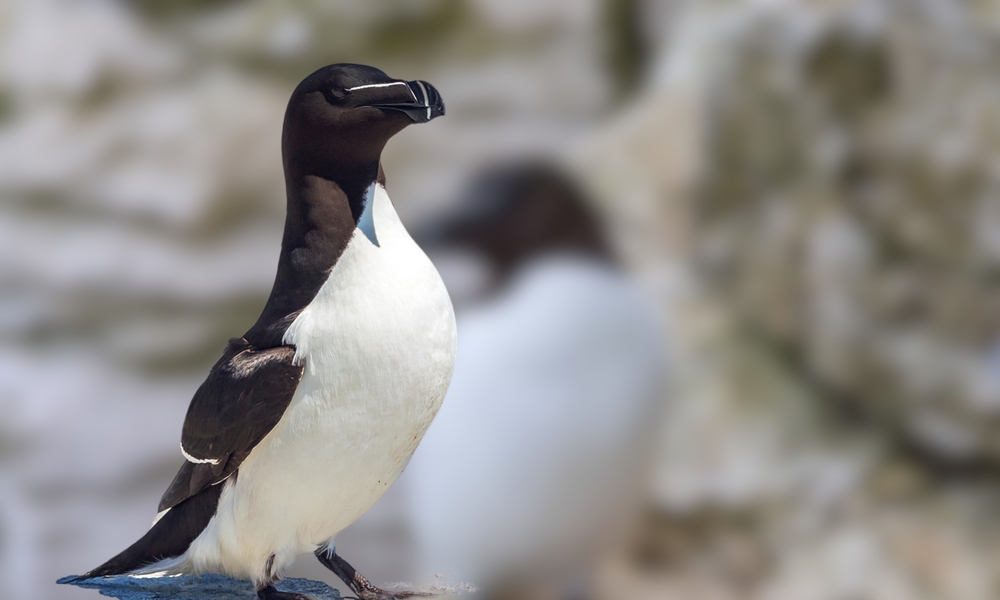
If the Great Auk were alive today, it would definitely have its own Instagram fan page. This bird, once abundant in the North Atlantic, just up and vanished by the mid-19th century. People thought it was just another penguin until they realized penguins don’t live in the Northern Hemisphere at all. According to the National Geographic Society, the last known pair was seen in 1844, and they were sadly taken by hunters, marking the end of the line. Scientists are still puzzled about why they disappeared so rapidly.
Sure, overhunting played a huge role, but the suddenness and totality of their disappearance suggest there might be more to the story. Did they face a disease? Was it climate change? Or perhaps a combination of both? Despite their extinction, the Great Auk continues to fascinate scientists who are eager to solve the mystery of their rapid disappearance from our planet.
2. Baiji, The Yangtze River Dolphin That Went MIA

Once upon a time, the Yangtze River in China was home to the Baiji dolphin, a creature often called the “Goddess of the Yangtze.” These dolphins were so revered that they were protected by ancient Chinese laws. Fast forward to the 20th century, and the Baiji went from reverence to rarity. According to the National History Museum, by 2006, scientists declared it functionally extinct after failing to spot a single one during extensive surveys.
The culprit? An overwhelming combo of industrialization, pollution, and increased boat traffic in their river home. Yet, the disappearance seemed so abrupt that scientists wondered if something else was at play. Was there a disease that wiped them out, or did they relocate to a part of the river that remains unexplored? The Baiji remains a poignant reminder of how quickly human activity can impact nature.
3. The Passenger Pigeon’s Mass Exodus

Imagine a sky so full of birds that it darkens the sun. That’s what the passenger pigeon flocks were like in North America once upon a time. But by the early 20th century, these birds were nowhere to be found. Their disappearance was so rapid that scientists still debate what happened. Yes, excessive hunting and habitat destruction played a part, but could there be more?
Some researchers propose that changes in forest ecosystems or diseases made an impact. Others consider the possibility of genetic issues from their once-enormous population. While the last known passenger pigeon, named Martha, died in 1914, the species’ mystery and sudden vanishing continue to be a major topic of interest in ecological and conservation studies.
4. The Curious Case of the Thylacine
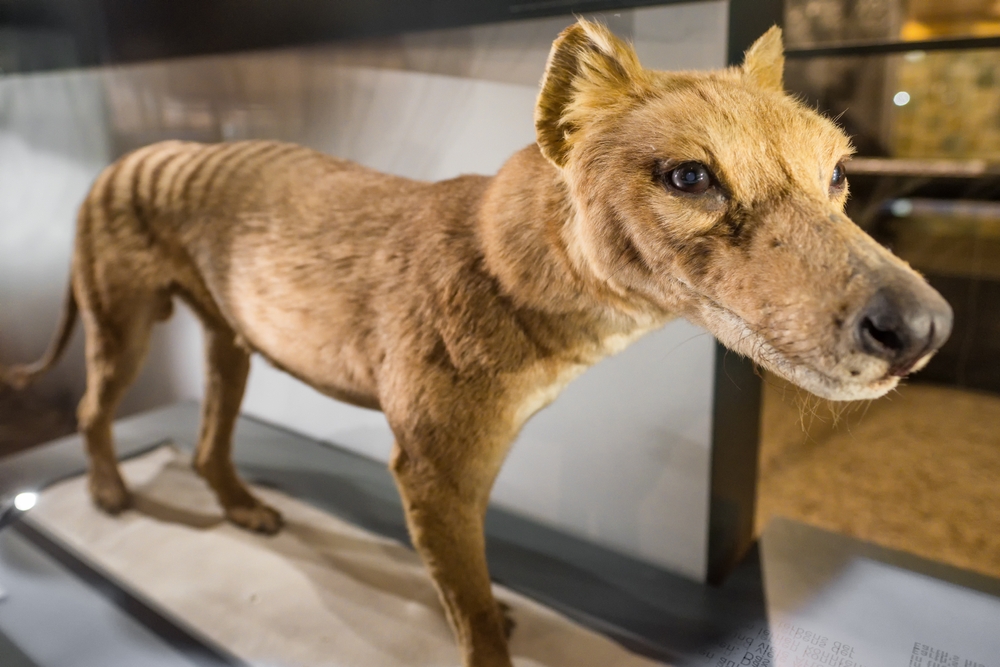
Known as the Tasmanian Tiger due to its stripes, the thylacine was a unique marsupial predator found in Tasmania. Despite conservation efforts, the last known thylacine died in captivity in 1936. But here’s where it gets interesting: sightings of the thylacine continue to be reported even today. Could there still be undiscovered pockets where these creatures roam?
The mystery deepens with every new sighting claim, though none have been substantiated with concrete evidence. Some scientists speculate they might have survived in remote areas, eluding human detection. Whether this is wishful thinking or a plausible reality keeps the thylacine’s story alive and intriguing in both scientific and popular circles.
5. The Riddle of the Javan Tiger
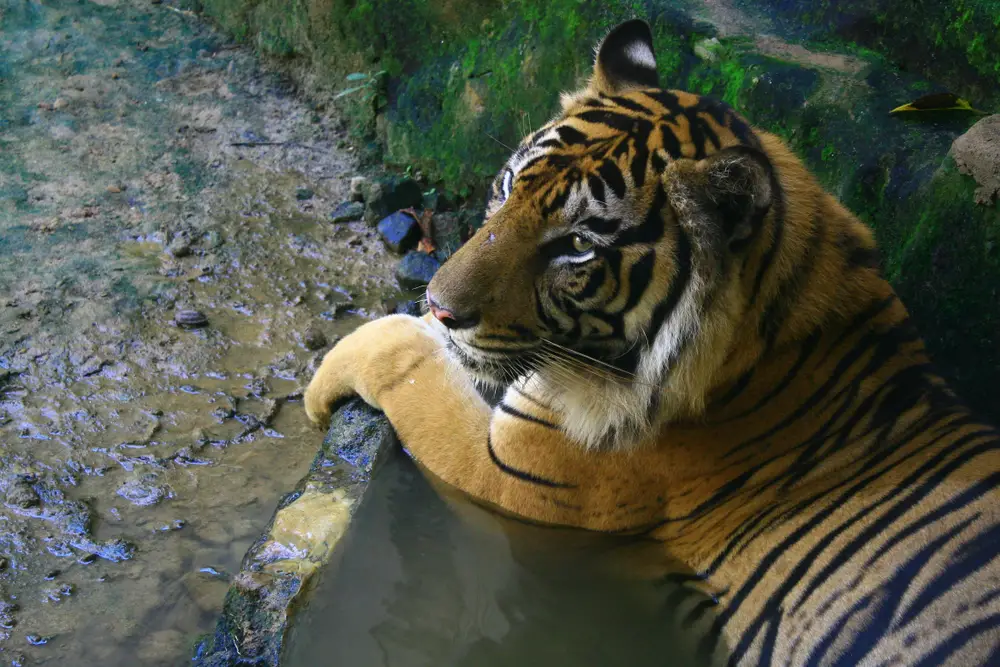
Once prowling the dense forests of Java, the Javan tiger was declared extinct in the 1970s. But reports of its existence trickle in, almost like the whispers of a ghostly legend. Sightings are often dismissed as misidentifications, yet locals and some enthusiasts hold onto hope. The dense forests provide perfect cover for these elusive big cats, fueling speculation that some might still survive.
Efforts to verify these claims have proven challenging, with no solid evidence forthcoming. This hasn’t stopped the intrigue, as camera traps and expeditions continue to search for any trace of these tigers. The mystery of the Javan tiger serves as a reminder of how little we sometimes know about our world’s most secluded places.
6. The Case of the Caribbean Monk Seal
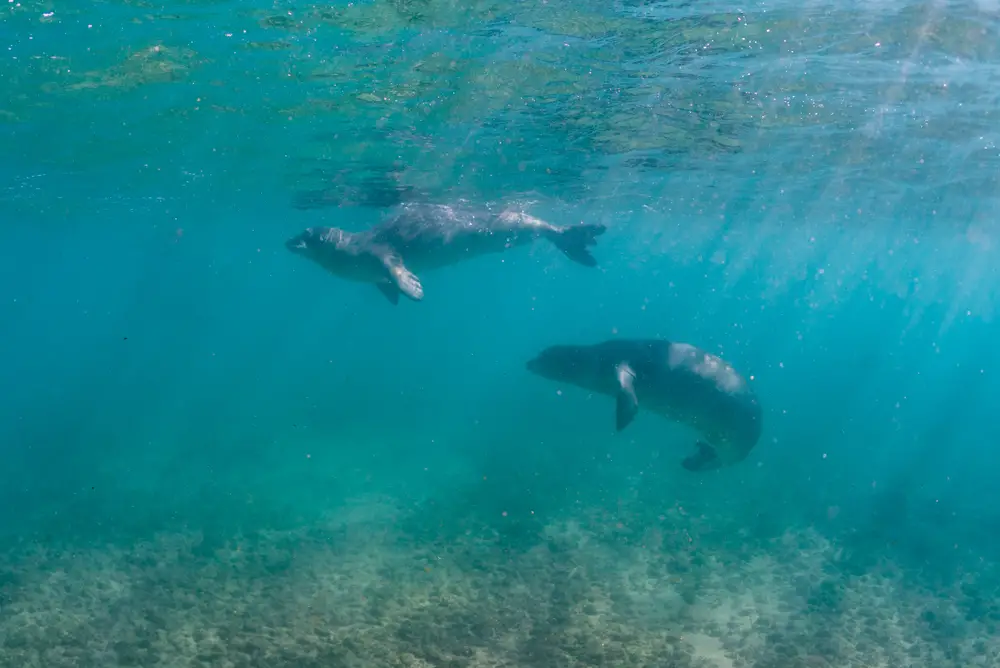
The Caribbean monk seal, also known as the sea wolf, was once seen basking on the islands of the Caribbean. But overhunting and habitat degradation led to its alarming disappearance in the mid-20th century. Declared extinct in 2008, these seals remain a mystery because they seemed to vanish without a trace. Unlike other animal disappearances, scientists are particularly puzzled by the speed and thoroughness of this extinction.
What else could have contributed to their demise? Was it a rapid environmental change or perhaps a disease that wiped them out? These questions linger, making the monk seal’s disappearance a poignant example of how swiftly a species can be erased from our planet without more comprehensive conservation efforts.
7. The Mystery of the Golden Toad
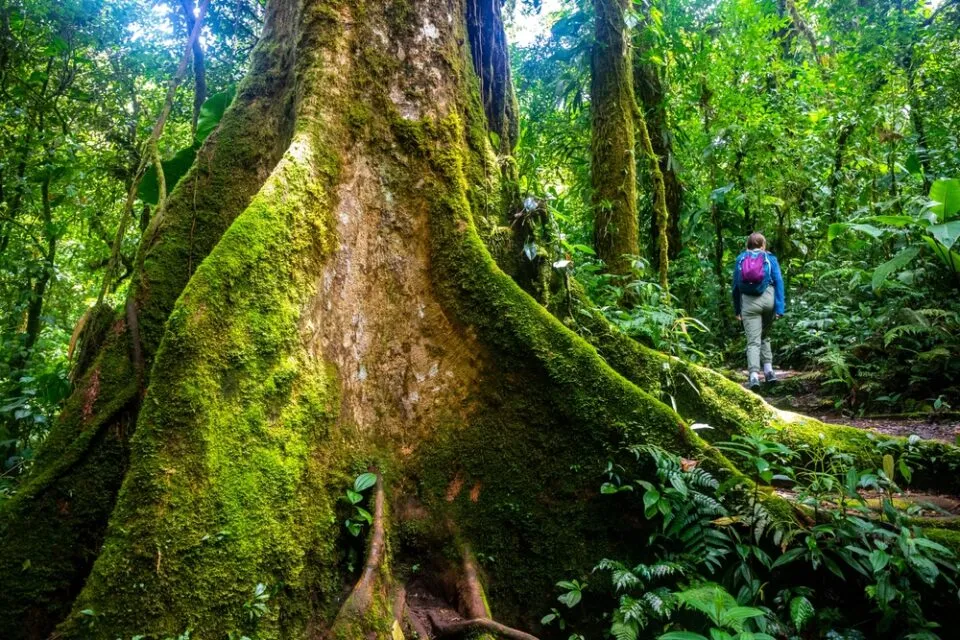
Once found only in the Monteverde Cloud Forest of Costa Rica, the golden toad was a dazzling amphibian that suddenly vanished in the late 1980s. Climate change, habitat loss, and a deadly fungal disease are cited as primary suspects in their disappearance. Despite these factors, the speed and finality of their extinction raise eyebrows among researchers. Could we have overlooked some critical aspect of their habitat needs?
Some scientists believe that their disappearance might also involve undiscovered ecological interactions. Was there a specific environmental trigger that led to their decline, or did human interference play a bigger role than anticipated? The golden toad’s sudden vanishing act remains a critical case study in contemporary extinction events, driving home the complexities involved in species preservation.
8. The Disappearance of the Alaotra Grebe
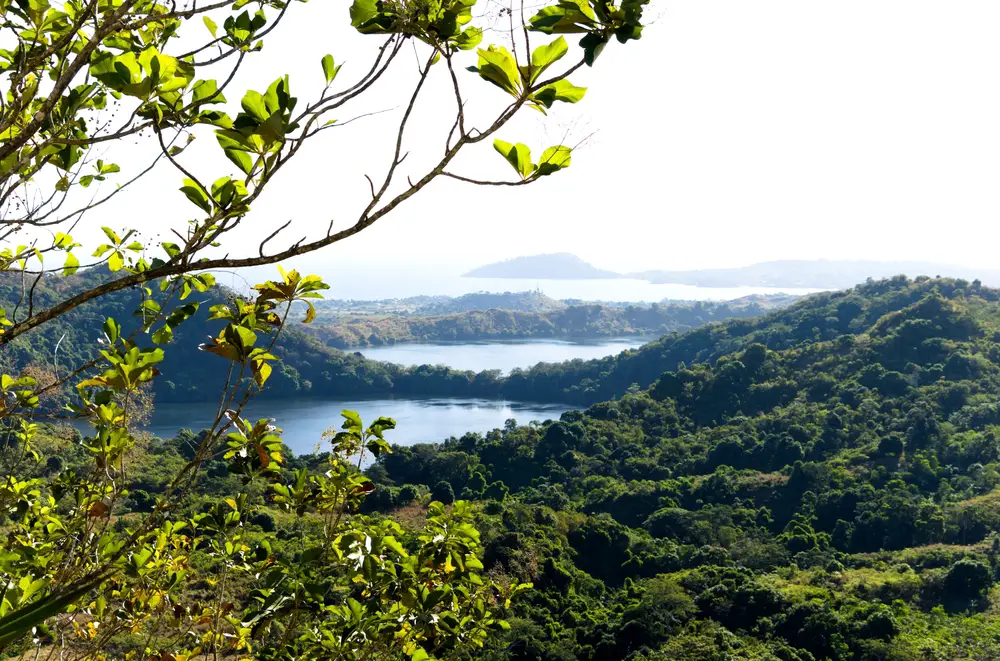
The Alaotra grebe was a small waterbird unique to Madagascar’s Lake Alaotra. By 2010, this bird was declared extinct, leaving scientists pondering its rapid disappearance. Invasive species, habitat destruction, and hybridization with other grebes are believed to have played roles. However, the Alaotra grebe’s seemingly abrupt vanishing suggests there might be more to this tragic story.
Could changes in the lake’s ecosystem have contributed to their decline? Or did an unknown disease strike this population? This disappearance serves as a stark warning about the fragility of island ecosystems, where even small disturbances can lead to dramatic consequences for native wildlife.
9. The Enigma of the Pinta Island Tortoise
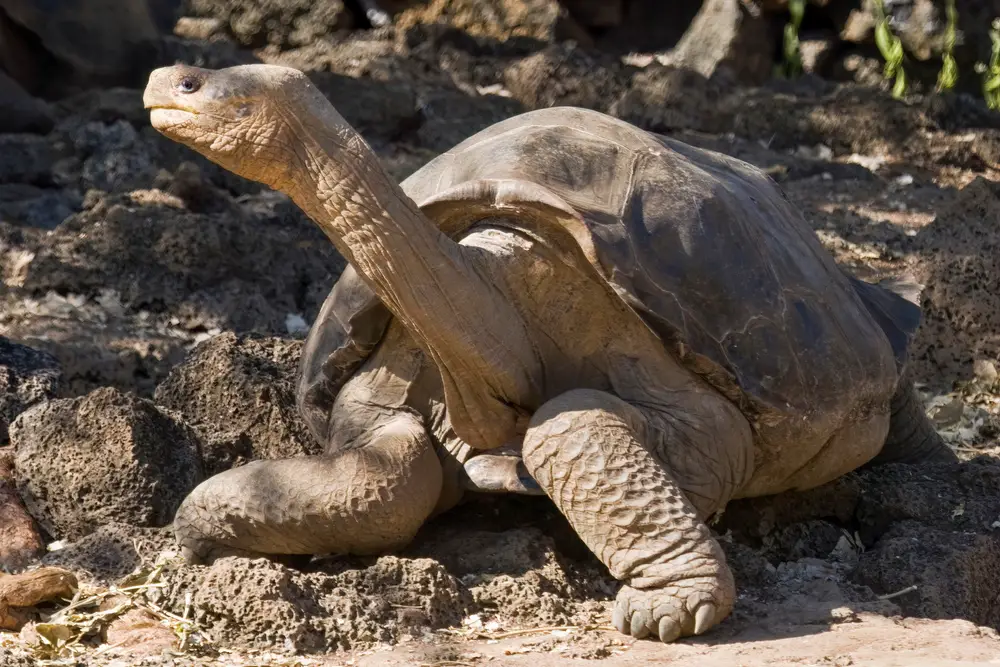
Lonesome George, the last known Pinta Island tortoise, became a symbol of conservation efforts until his death in 2012. Despite exhaustive searches, no other Pinta tortoises have been found, and scientists declared the subspecies extinct. Yet, the enigmatic disappearance of tortoises on this Galápagos island continues to baffle researchers. What factors led to their extinction?
Habitat destruction, invasive species, and human exploitation are the usual suspects, but the absence of concrete evidence keeps scientists guessing. Were there other environmental or genetic issues that accelerated their decline? George’s story is a poignant reminder of the urgent need for wildlife conservation and the mysteries that can unfold when we neglect it.
10. The Mystery Behind the Pyrenean Ibex
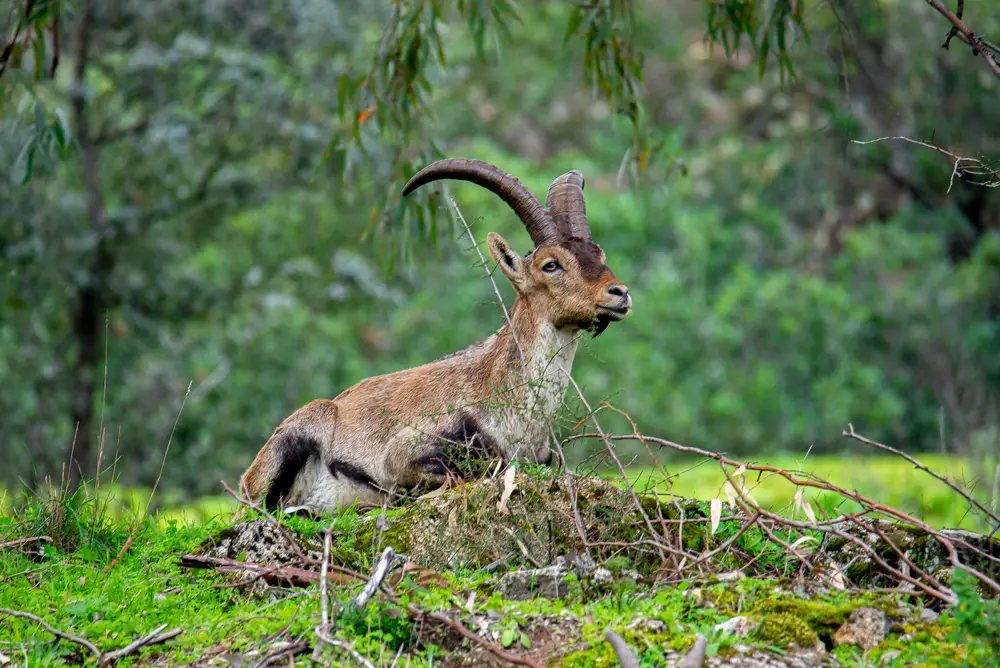
The Pyrenean ibex, a type of wild goat native to the Pyrenees, disappeared in 2000 when the last known individual was found dead. Scientists attempted to clone this extinct animal in 2009, resulting in a brief revival—the clone lived for just a few minutes. But how did a robust population decline so rapidly in the first place? Overhunting and habitat loss played roles, but could there have been more factors involved?
Some suggest environmental changes or diseases may have severely impacted their numbers. The failed cloning attempts also highlight the challenges of bringing back a species once it’s gone. This disappearance continues to fascinate geneticists and conservationists alike, serving as a lesson in the complexities of both extinction and de-extinction efforts.
11. The Case of the Tecopa Pupfish
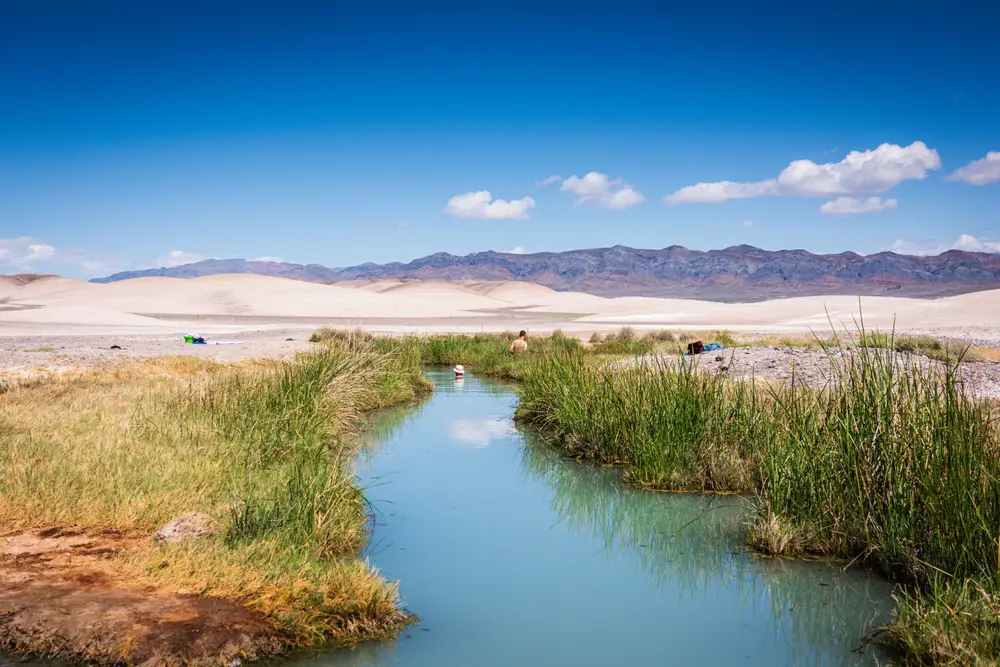
This tiny fish, once found only in the hot springs of Tecopa, California, vanished by the early 1980s. Declared extinct in 1981, the Tecopa pupfish’s disappearance remains a cautionary tale of habitat alteration. Human development of the springs for recreational use led to their decline. Yet, the complete and swift nature of their extinction suggests other environmental or biological factors might have been at play.
Could water temperature changes or competition with other species have contributed to their fate? Researchers continue to study this case to understand better how human activities can have unintended impacts on isolated ecosystems. The Tecopa pupfish is a stark reminder of how delicate certain habitats can be and the importance of preserving them.
12. The Mysterious Disappearance of the Schomburgk’s Deer
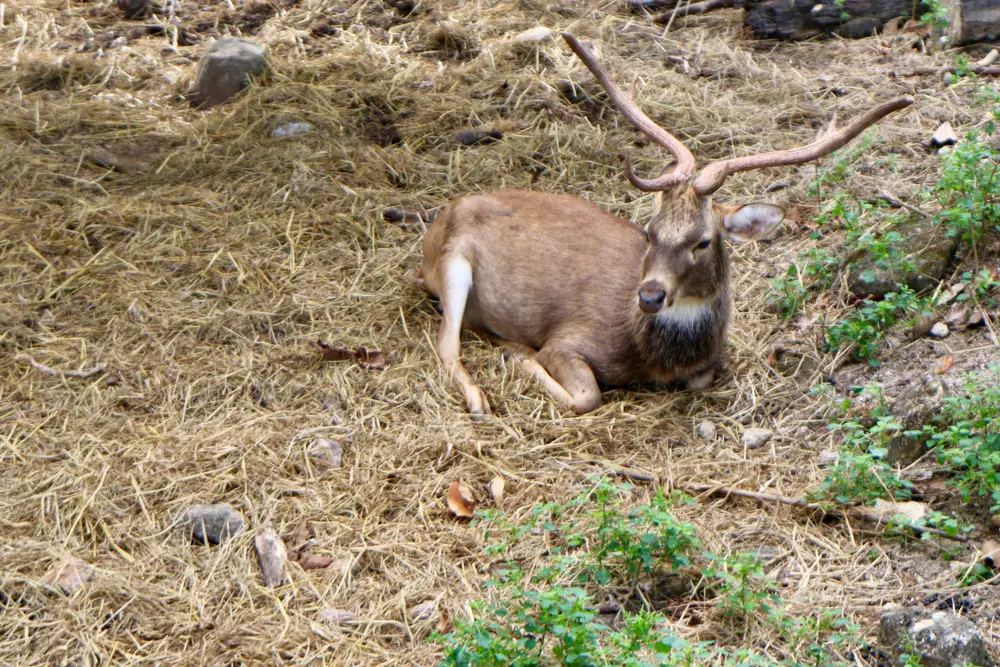
Once roaming the floodplains of Thailand, the Schomburgk’s deer was declared extinct in 1938. Habitat destruction and hunting were significant factors in their decline, but the speed of their disappearance raises questions. Could there have been unknown ecological changes or diseases that accelerated their extinction?
Some scientists ponder whether undiscovered populations exist in remote areas, although this remains speculative without evidence. The Schomburgk’s deer is a vivid example of how quickly human pressures can drive a species to extinction. Their story continues to intrigue researchers, highlighting the urgent need for comprehensive conservation efforts to protect our planet’s biodiversity.
There you have it—twelve enigmatic disappearances that continue to baffle scientists and conservationists alike. Each case serves as a poignant reminder of the fragility of life on Earth and the importance of our efforts to preserve it. While these stories are full of mysteries, they also offer hope that with increased awareness and action, we can prevent similar fates for other species. So, next time you hear about an animal vanishing, remember these tales and the lessons they teach us about our interconnected world.
